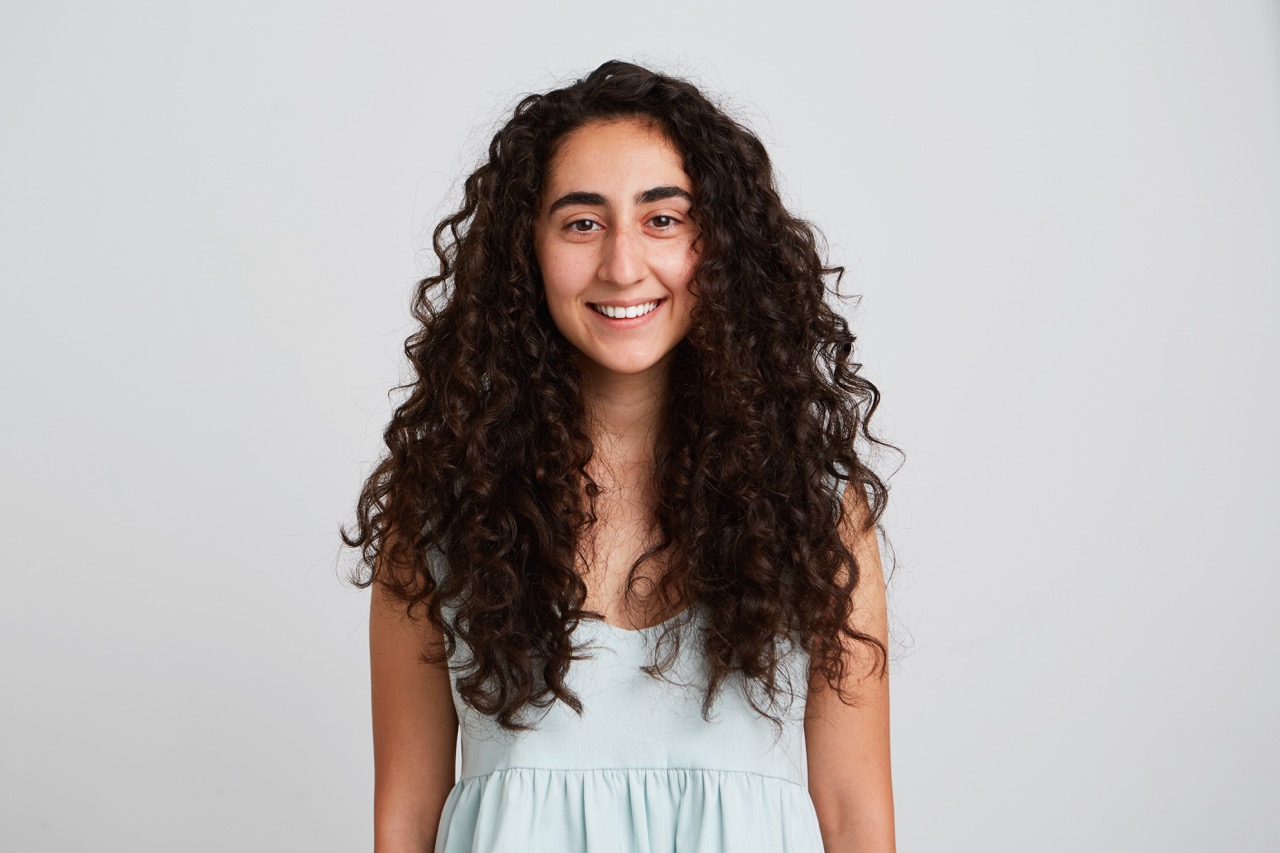The world of beauty pageants has long been a platform for women to showcase not just their outer beauty but also their intelligence, talent, and cultural heritage. In Iran, where history and culture intertwine uniquely, beauty queens have made significant strides in representing Persian heritage on global stages. This article delves into the legacy of Persian beauty queens, notable winners, cultural impacts, and the evolving standards of beauty in Iranian pageantry.
Exploring the Legacy of Persian Beauty Queens Through Time
The tradition of beauty pageants in Persia dates back centuries, with roots in ancient customs that celebrated women’s beauty and grace. In the modern era, the first organized beauty contests emerged in the early 20th century, with the establishment of the Miss Iran pageant in 1963. This event marked a pivotal point in the representation of Persian women, allowing them to gain visibility both locally and internationally. Not only did this provide a platform for showcasing beauty, but it also became a means to promote education and social issues.
Throughout the 20th century, several Iranian beauty queens made a name for themselves, garnering titles and accolades in international contests. These queens often used their fame to advocate for various social causes, including women’s rights and education. One of the most notable figures was Soraya Esfandiary Bakhtiary, crowned as Miss Iran in 1951, who later became Empress of Iran. Her legacy continues to inspire future generations, showcasing the dual role of beauty queens as both symbols of beauty and agents of change.
As political and social changes swept across Iran, particularly after the 1979 Islamic Revolution, the landscape of beauty pageants transformed dramatically. The rise of conservative ideologies led to the discontinuation of beauty contests in the country. Yet, the legacy of these beauty queens remains ingrained in Persian culture, inspiring many young women to pursue their dreams and challenge societal norms, even in the absence of formal pageantry.
Notable Persian Pageant Winners and Their Achievements
One of the most prominent Persian beauty queens is Nazanin Afshin-Jam, who was crowned Miss Canada in 2003. Her journey did not end with the title; rather, she used her platform to advocate for human rights and raise awareness about the plight of political prisoners in Iran. Nazanin’s efforts have earned her recognition as a dedicated activist, demonstrating that beauty can be a catalyst for change.
Another notable figure is Yasmine Aghili, who gained fame after winning the title of Miss Iran in 2019. Aghili has been vocal about her vision of empowering women through education and self-expression. Her advocacy for women’s rights has led her to participate in various initiatives that promote female empowerment and encourage young girls in Iran to pursue their dreams, regardless of societal constraints.
The impact of these pageant winners extends beyond their titles. They often serve as role models within the Persian community, inspiring a new generation to embrace both their heritage and aspirations. By navigating the complexities of their identities, these women redefine beauty on their own terms while promoting a broader understanding of success that encompasses education, activism, and self-acceptance.
Cultural Impact of Beauty Pageants in Persian Society
Beauty pageants have historically occupied a complex space within Persian society, oscillating between admiration and criticism. At their peak, these contests offered women a platform to express themselves, showcasing not only their beauty but also their intellect and talents. They brought forth discussions on gender roles, societal expectations, and the rights of women, contributing to the discourse on feminism in a predominantly patriarchal society.
In addition to providing a platform for personal expression, beauty pageants also fostered cultural exchange. Upon winning international titles, Persian beauty queens often shared their heritage with wider audiences, highlighting Persian art, literature, and traditions. This cultural diplomacy allowed for a deeper understanding of Iranian society, challenging stereotypes and fostering appreciation for its rich history.
However, the portrayal of beauty queens has not been without controversy. Critics argue that beauty pageants can perpetuate unrealistic standards and objectification of women. Yet, many pageant winners actively challenge these narratives by using their platforms to advocate for social justice, redefine beauty standards, and empower women. In this sense, the cultural impact of beauty pageants in Persian society is multifaceted, encouraging dialogue about beauty, empowerment, and representation.
The Evolution of Persian Beauty Standards in Pageantry
The evolution of beauty standards in Persian pageantry mirrors broader societal changes and cultural movements. Traditionally, Persian beauty was characterized by specific physical attributes, often idealizing features such as fair skin and delicate facial structures. However, as global beauty ideals began to influence local perceptions, the criteria for beauty started to expand, embracing diversity and individuality.
In recent years, there has been a noticeable shift toward promoting authenticity and self-expression in beauty pageants. Persian beauty queens are increasingly celebrated for their unique qualities and personal stories, rather than conforming to a single ideal. This evolution reflects a growing awareness of the importance of representation and cultural identity in the beauty industry, allowing for a broader definition of beauty that resonates with many.
As the global discourse on beauty continues to evolve, Persian pageants have adapted to reflect these changes. Today, contestants are encouraged to embrace their heritage, advocate for social issues, and redefine traditional standards of beauty. This transformation is not only significant for the contestants themselves but also for the Persian community, which is gradually embracing a more inclusive understanding of beauty that transcends superficial attributes.
The journey of Persian beauty queens and pageant winners illustrates the profound impact that these women have had on society. Through their titles and advocacy, they have challenged norms, celebrated cultural heritage, and promoted empowerment. As we look to the future of beauty pageants in Persia, it is clear that the legacy of these queens will continue to inspire and shape the definition of beauty, identity, and resilience within the Persian community and beyond.










